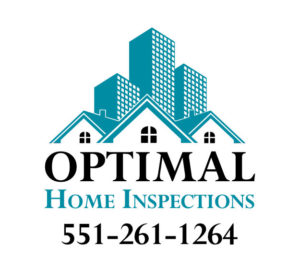Standards of Practice
13:40-15.16 Standards of Practice
A direct link to the NJ Standards of Practice (SOP) is provided here for your convenience. https://www.njconsumeraffairs.gov/regulations/Chapter-40-Subchapter-15-Home-Inspection-Advisory-Committee.pdf
a) All licensees shall comply with the standards of practice contained in this section when conducting home inspections. The scope of home inspection services performed in compliance with the requirements set forth in this section shall provide the client with objective information regarding the condition of the systems and components of the home as determined at the time of the home inspection.
b) Nothing in this section shall be construed to require a licensee to:
1) Enter any area or perform any procedure that is, in the opinion of the home inspector, unsafe and likely to be dangerous to the inspector or other persons;
2) Enter any area or perform any procedure that will, in the opinion of the licensee, likely damage the property or its systems or components;
3) Enter any area which does not have at least 24 inches of unobstructed vertical clearance and at least 30 inches of unobstructed horizontal clearance;
4) Identify concealed conditions and latent defects;
5) Determine life expectancy of any system or component;
6) Determine the cause of any condition or deficiency;
7) Determine future conditions that may occur including the failure of systems and components including consequential damage;
8) Determine the operating costs of systems or components;
9) Determine the suitability of the property for any specialized use;
10) Determine compliance with codes, regulations and/ or ordinances;
11) Determine market value of the property or its marketability;
12) Determine advisability of purchase of the property;
13) Determine the presence of any potentially hazardous plants, animals or diseases or the presence of any suspected hazardous substances or adverse conditions such as mold, fungus, toxins, carcinogens, noise, and contaminants in soil, water, and air;
14) Identify the presence of, or determine the effectiveness of, any system installed or method utilized to control or remove suspected hazardous substances;
15) Operate any system or component which is shut down or otherwise inoperable;
16) Operate any system or component which does not respond to normal operating controls;
17) Operate shut-off valves;
18) Determine whether water supply and waste disposal systems are public or private;
19) Insert any tool, probe or testing device inside electrical panels;
20) Dismantle any electrical device or control other than to remove the covers of main and sub panels;
21) Inspect, identity, or disclose ancillary electrical devices and or/systems, such as, but not limited to, Arc Fault Circuit Interrupters (AFCIs), standby generators, and photovoltaic (solar) panels;
22) Walk on unfloored sections of attics; and
23) Light pilot flames or ignite or extinguish fires.


